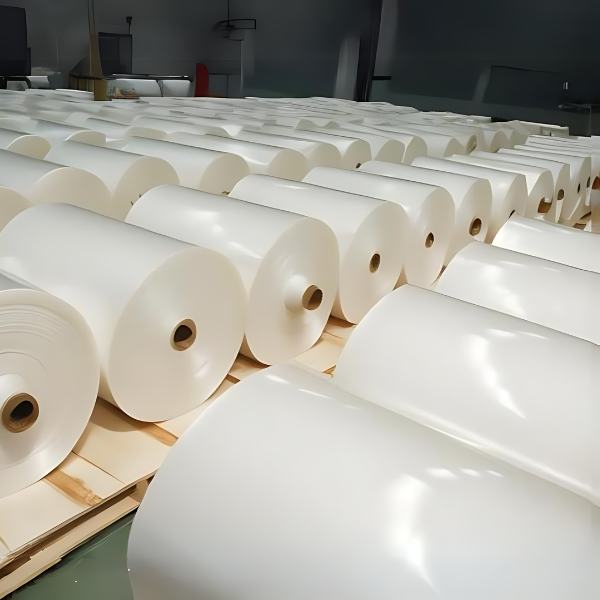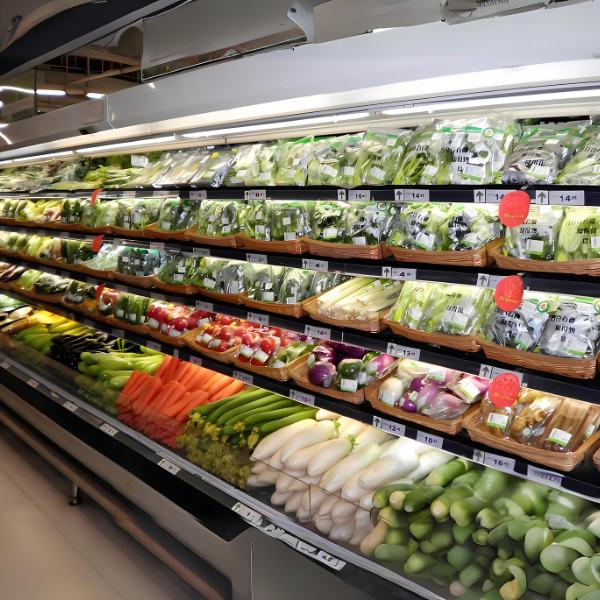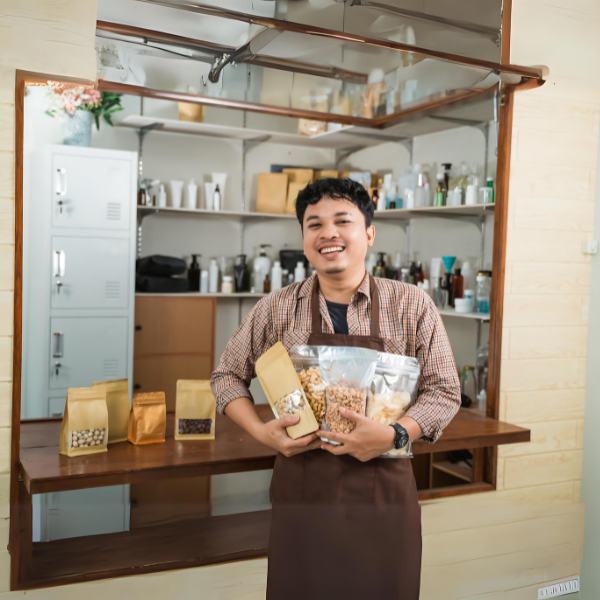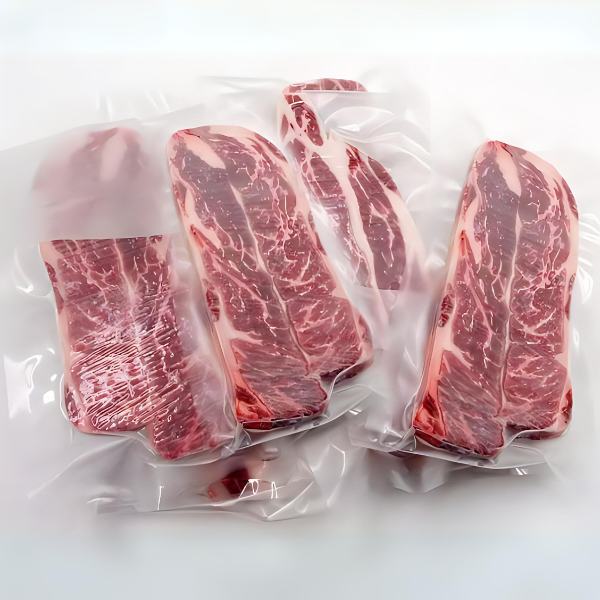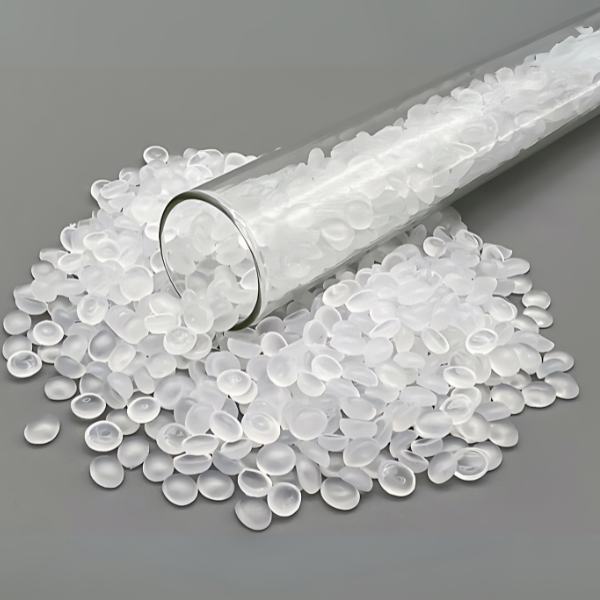VMCPP film has garnered significant attention in the rapidly evolving packaging industry for its unique properties and widespread applications. Not only does VMCPP film excel in barrier performance and durability, but it also holds immense potential in food safety and environmental protection.
As consumers increasingly demand higher quality and environmentally friendly products, the role of VMCPP film in packaging is becoming more crucial.
This article will delve into the definition of VMCPP film, its characteristics in packaging applications, the properties that high-quality VMCPP should possess, and its applications across various industries. A comprehensive analysis of this multifunctional packaging material will help us understand its value in modern packaging solutions and future trends.
What’s VMCPP?
VMCPP film, fully known as Vacuum Metallized Cast Polypropylene Film, is a high-tech composite material. During the production of VMCPP film, a technique involving resistance, high-frequency, or electron beam heating is employed under high vacuum conditions to melt and vaporize metal (typically aluminum). This metal is then uniformly deposited onto the polypropylene (CPP) film surface, forming an ultra-thin metal coating.
This process endows VMCPP film with the excellent mechanical properties of polypropylene and the high barrier qualities of metal, making it outstanding in moisture-proofing, oxidation resistance, and preservation.
The Characteristics of VMCPP Film in Packaging Applications
Compared to aluminum foil, VMCPP film significantly reduces the usage of aluminum, saving energy and materials and reducing costs. The typical thickness of aluminum foil is 7-9 microns, while the aluminum layer of VMCPP film is only about 0.04 microns. Thus, 1/200 of aluminum foil is used, and the production speed reaches 700 meters per minute.
- VMCPP film is resistant to folding and has good toughness, rarely exhibiting pinholes and cracks. It is not prone to wrinkling and cracking and offers better barrier properties against gases, water vapor, odors, and light.
- It has an outstanding metallic luster, with a reflectivity of up to 97%. Colored films can be produced through coating treatment, offering decorative effects superior to aluminum foil.
- It can be partially metallized using masking or wash-off techniques to create patterns or transparent windows, making the packaged contents visible.
- The aluminum layer has good conductivity, eliminating static electricity effects. Packaging powdered products can prevent contamination at the seal, ensuring packaging integrity.
- It shows good adaptability in post-processing procedures like printing and lamination.
These characteristics make VMCPP film a high-performance, economical, and aesthetically pleasing new type of composite film, already replacing aluminum foil composite materials in many fields. It is primarily used in the packaging of flavored foods, daily necessities, agricultural products, pharmaceuticals, cosmetics, and cigarettes.
Fundamental Properties of VMCPP
Understanding its fundamental properties is essential before discussing the applications of VMCPP film. VMCPP film is widely used in various domains as a key composite material. This section will cover the core properties of VMCPP film, including appearance, thickness, characteristics of the aluminum layer, adhesion, physical and mechanical properties, moisture permeability, and oxygen permeability, all of which collectively impact the quality and effectiveness of VMCPP film.
Appearance
The film should maintain a smooth surface, free of wrinkles, fine folds, unevenness, impurities, hard lumps, spots, bubbles, or pinholes in the metallization. Uniformity in color and brightness is also crucial to ensure the packaging’s quality, aesthetics, and performance and avoid any manufacturing defects.
Thickness
The thickness of the VMCPP film should be consistent, both horizontally and vertically. Additionally, it’s important to avoid ridges on the roll to ensure smoothness and aesthetic appeal during use, maintaining overall quality and effectiveness.
Thickness of the Aluminum Layer
The aluminum layer’s thickness directly affects the protective properties of the packaging film. A thicker aluminum layer enhances the film’s impermeability to air, thereby better-blocking oxygen, water vapor, and light. Therefore, the thickness of the aluminum layer should meet specific standards and be uniformly distributed to achieve optimal protection.
Adhesion
The aluminum layer must adhere firmly to the substrate film to prevent detachment and ensure quality. In the production of metallized film, a special adhesive is first applied to the surface to be metallized, enhancing the bond between the aluminum layer and the substrate. Then, a polyurethane adhesive is applied to the aluminum layer to prevent wear. In summary, these steps ensure the durability and adherence of the aluminum layer, avoiding quality issues.
Physical and Mechanical Properties
Due to the mechanical forces exerted during the lamination process, VMCPP film must possess certain mechanical strength and flexibility. This includes adequate tensile strength, elongation, tear strength, impact resistance, and excellent resistance to folding and toughness to prevent wrinkling, folding, or breaking during processing.
Moisture Permeability
This measures the amount of water vapor that passes through the VMCPP film under specific conditions, reflecting its moisture resistance. For example, the moisture permeability of a 25-micron thick VMCPP film is typically between 1.0-1.5g/m²·24h at 30℃ and 90% relative humidity.
Oxygen Permeability
Oxygen permeability assesses the amount of oxygen that passes through the VMCPP film under specific conditions, indicating its barrier properties against oxygen.
Surface Tension
The surface tension of the metallized film must meet specific standards to ensure the wettability and adhesion of printing inks and laminating adhesives on the metallized film surface. Failure to meet these standards can affect adhesion and cohesion, subsequently impacting the quality of printed and laminated products.
Everyday Essentials: Unveiling the Use of VMCPP Film Packaging in Ten Common Products

Crunchiness Preserved: VMCPP film packaging expertly blocks moisture and oxygen, ensuring every chip retains its original flavor and crisp texture.

Crunchiness Preserved: VMCPP film packaging expertly blocks moisture and oxygen, ensuring every chip retains its original flavor and crispiness.

Nutty Freshness Sealed: VMCPP packaging ensures your nuts stay fresh and crunchy, preserving their natural flavor and goodness.

Safe and Secure: VMCPP packaging provides reliable protection for pharmaceuticals, ensuring medicine stays potent and effective.

Tea Time Excellence: VMCPP packaging expertly preserves the aroma and freshness of your tea, ensuring a perfect cup every time.

Fresh Brew, Always: VMCPP packaging locks in the rich aroma and taste of coffee, ensuring every sip is as fresh as the first.

Pure Nutrition Preserved: VMCPP packaging ensures baby formula stays fresh and nutrient-rich, safeguarding your little one’s health.

Happy Pets, Healthy Eats: VMCPP packaging keeps pet food fresh and nutritious, ensuring your furry friends enjoy every meal.

Beauty at Its Best: VMCPP packaging preserves the efficacy and freshness of facial masks, ensuring your skin gets the pampering it deserves.

Secure and Efficient: VMCPP packaging ensures the highest safety and integrity for circuit boards, making complex technology transportation worry-free.



